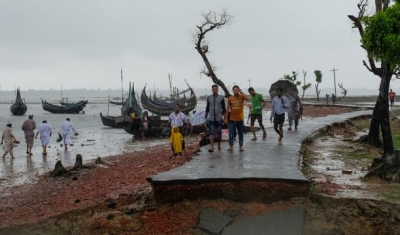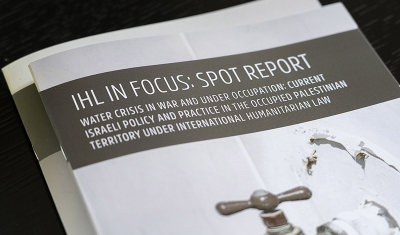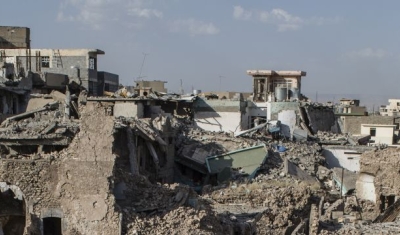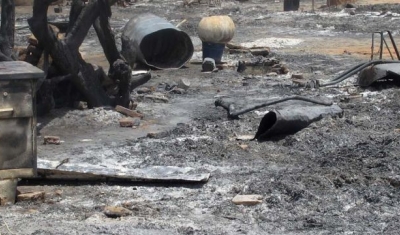Myanmar: A Battle for Recognition provides an overview of the subnational tensions and armed violence in the country and focuses on the latest developments and escalation of violence in Rakhine state where the Myanmar armed forces (Tatmadaw) are opposed to the Arakan Rohingya Salvation Army (ARSA).
Written by Laura Baron-Mendoza, it analyses the current non-international armed conflicts in Myanmar, as well as of the main actors involved in the violence: the Tatmadaw, armed non-state actors (ANSAs) affiliated to ethnic groups, or so-called ethnic armed organizations (EAOs), and militias, which are predominantly paramilitary armed actors responding either to EAOs or to the Tatmadaw.









